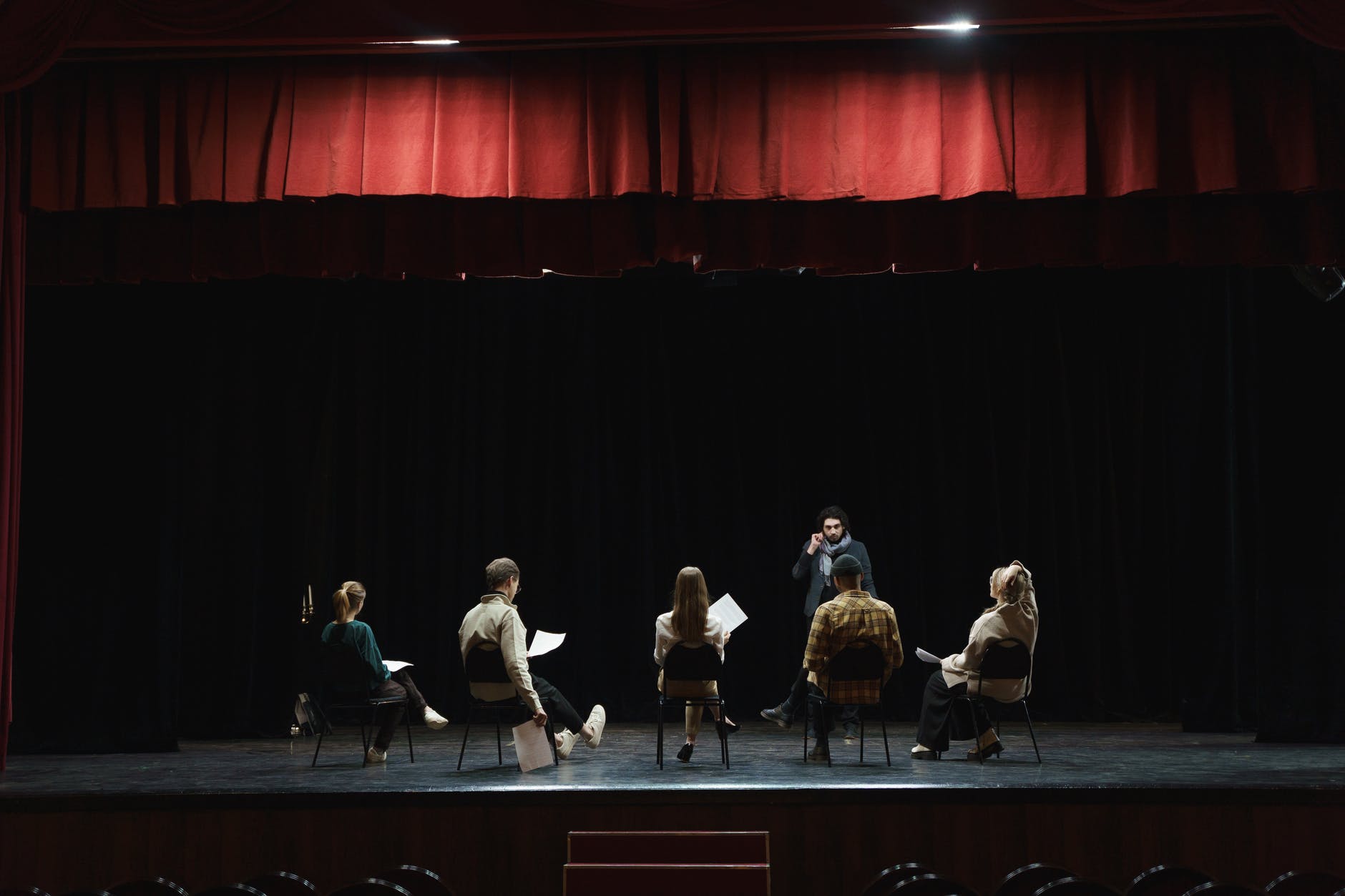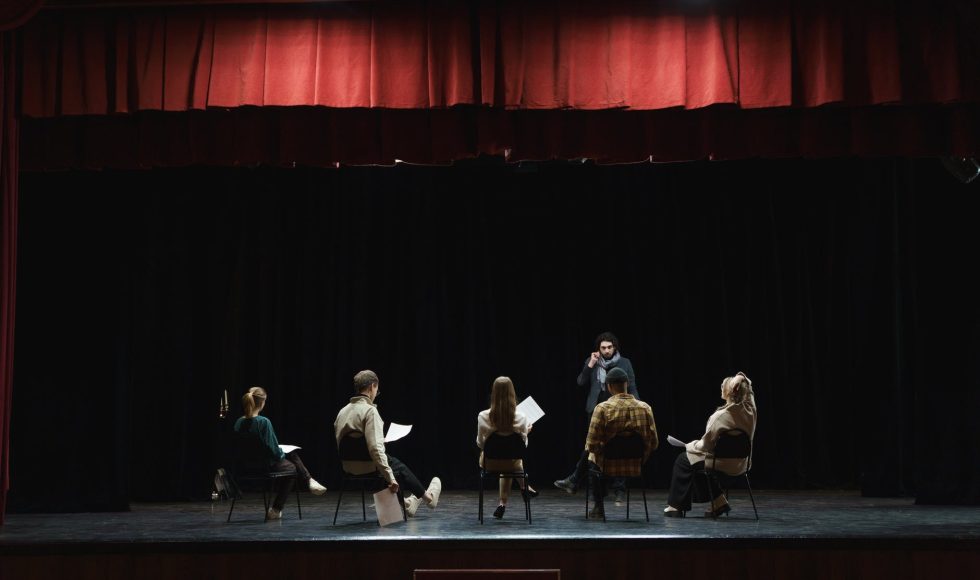“Acting Out: Facilitating Cultural Humility through Client-Based Case Studies” was the title of a session by Yi-An Burleson and Laura Cruz from The Pennsylvania State University. This was another recorded session from the 2021 Lilly Conference online, and also this was not the first time I watch a session with Laura Cruz! Burleson is a professor and wanted to use case studies and role playing to teach psychology to better prepare students that need to work with increasingly diverse environments. Using roleplay, Burleson explained, is used as skill training though not used often to teach cultural humility. The question Burleson had was: how can I teach my students cultural humility? They shared the case study, and it included characters listed, a description of the scenario, and instructions. Students choose which roles to play: client or clinical/human service interviewer. The way the case study was written left one culture “for the reader to assume” and the students to research. Students do research about the cultures, apply theories of development and multicultural psychology, and analyze family dynamics considering the cultural contexts. After reading the case, students role-play different roles in the scenario. Next, students write a “case paper which analyze the case based on theories and multicultural research.” I thought this could be used for some of the cases on molecular and high-throughput discover that we have developed or are designing. Burleson described student outcomes that included “feeling challenged and anxious to role-play the client due to the client’s situation” and “reported not knowing the cultural framework for certain based on the information they researched.” I wonder if the case paper can include reflective questions… or if this has to be done separately through an individual reflection. This morning I received a nice email from someone who has developed case studies for a long time. The shift to emergency remote teaching forced all of us to reconsider how we teach. My friend mentioned opportunities to think about asynchronous delivery, a topic I’m very interested in. Burleson (who worked closely with Cruz to design this case study) has provided some ideas for how to create cases that may be delivered online and then acted out in the class. This may be useful for a blended course such as BIT 295.



